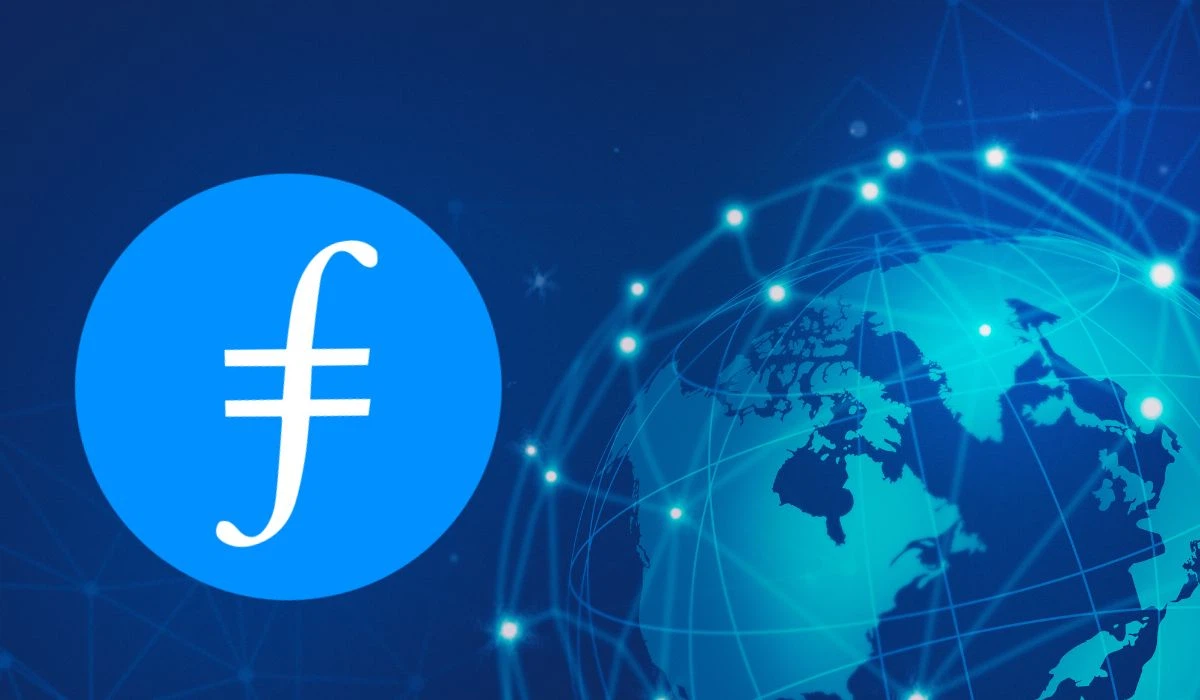Filecoin is a decentralized storage network powered by blockchain technology that allows users to securely and effectively store, retrieve, and exchange data. Protocol Labs launched it in 2020, and it works on a peer-to-peer basis, using underutilized storage capacity from a global network of suppliers to create a dispersed and dependable storage marketplace. Filecoin provides a decentralized alternative in which users keep control of their data.
Filecoin is an important change in how we think about data storage in the digital age. At its core, it challenges the long-standing dominance of centralized cloud storage by establishing a decentralized, blockchain-powered network in which anybody can give idle storage space and earn rewards.
However, Filecoin is a concept rather than merely a technology. It establishes an ecosystem where data permanence and integrity are critical by coordinating incentives for users and storage providers. This is about more than just storing information, it is about reinventing data governance, accessibility, and ownership in an increasingly digital society.
Filecoin provides a window into the future where data is not only plentiful but also decentralized, accessible, and secure in a quickly changing digital environment. It’s a daring move that will change the internet as we know it and democratize data storage. This article explains what Filecoin is, how it works, and the use cases of Filecoin, predicts the price of native FIL tokens, and lists exchanges where it can be traded to help you determine whether it is a credible cryptocurrency investment for you.

What Is Filecoin (FIL)?
The goal of the decentralized storage network Filecoin is to completely transform the way that data is accessed and stored. With the help of a network of dispersed storage providers and blockchain technology, users may efficiently and safely store and retrieve data on the Filecoin network. Using empty storage space worldwide, Filecoin functions as a peer-to-peer platform that builds a stable and expandable data storage market.
Basically, Filecoin places a high value on decentralization, making sure that no one entity controls all of the data. This structure provides resilience against censorship, improves security, and lowers the chance of data breaches. The network employs cutting-edge cryptographic proofs to confirm that data is visible and trustworthy and is stored consistently over time.
The Filecoin ecosystem encourages participation by rewarding storage providers with FIL, its native cryptocurrency. Filecoin, a fundamental part of the decentralized web, transforms data management, sharing, and preservation in a future where decentralized ledger technology is king.
How Does Filecoin Work?
Filecoin functions as a decentralized marketplace for data storage, guaranteeing openness and confidence. Storage providers, sometimes referred to as miners, receive payments in FIL tokens for sharing their unused storage space and charge users for using the provided space.
Cryptographic proofs are used by the system to guarantee data integrity. Filecoin uses Proof of Spacetime (PoSt) to ensure that the data is kept for a predetermined amount of time and Proof of Replication (PoRep) to ensure that a provider has kept a distinct copy of the data. Accountability is ensured by the blockchain recording these proofs.
Users can compare storage services based on price, speed, and reliability. Once stored, data can be retrieved via the network’s decentralized infrastructure. This technique eliminates intermediaries, improves security, and results in a strong globally dispersed system for data storage and access.
Use Cases Of Filecoin
Filecoin has numerous use cases that demonstrate its promise as a decentralized storage solution. Some of them are mentioned below.
- Individuals and companies can use Filecoin to securely store crucial data backups without relying on centralized sources, increasing resilience to data loss and censorship.
- Filecoin is suitable for archiving public datasets, such as scientific research, historical documents, or open government data, ensuring its accessibility and immutability.
- Decentralized applications can use Filecoins to store user data, content, and metadata, thereby supporting the decentralized web infrastructure.
- Filecoin guarantees the permanent and decentralized storage of metadata and media files connected with NFTs, ensuring their integrity over time.
Filecoin Tokenomics
Filecoin (FIL) continues to hold a significant position in the cryptocurrency market. The market capitalization of approximately $3.75 Billion Filecoin is a leading participant in the decentralized storage industry.
Filecoin has a circulating supply of around $619.41 Million FIL tokens, which contributes to the cryptocurrency’s availability for trading. The overall quantity of Filecoin is limited to about $1.95 Billion tokens, offering a clear indicator of its long-term supply dynamics.
When it comes to trading activity, it has a solid 24-hour trading volume with $544.27 Million in daily transactions.
Filecoin Price Prediction 2025-2030
Filecoin (FIL) has emerged as a prominent player in the decentralized storage market, and investors are increasingly interested in its growth potential. As of January 2025, Filecoin is trading at roughly $6.05, but its future prospects are bright, thanks to an increased need for decentralized data solutions.
| Year | Potential Loss ($) | Average Price ($) | Potential High ($) |
|---|---|---|---|
| 2025 | 11.26 | 15.96 | 20.67 |
| 2026 | 15.49 | 28.94 | 29.31 |
| 2027 | 21.67 | 28.94 | 36.22 |
| 2028 | 27.88 | 34.63 | 41.38 |
| 2029 | 32.31 | 40.71 | 49.11 |
| 2030 | 39.95 | 50.07 | 60.20 |
Note: This prediction is based on the current market price and is subject to change according to Filecoin’s adoption and FIL coin’s market performance.
Where To Buy Filecoin
Filecoin (FIL) can be traded on the following exchanges
- Binance: It is one of the world’s major cryptocurrency exchanges, providing a secure and user-friendly platform for trading FIL against a variety of fiat and cryptocurrencies. It has a market cap of $1.42B, also having a circulating supply of $6.4M. Has a total supply of $6.59M. The trading activity of the last 24 hours is $6.54M.
- Coinbase: It is famous because of the simplicity it possesses. It allows users to easily buy, sell, and store Filecoin, making it suitable for newcomers. Have a leading market cap of $2B. A circulating supply of 20.71K CBBTC. A total supply of 20.71K CBBTC. The last 24-hour trading volume is about $190.18M.
- KuCoin: Supports a variety of digital assets and offers various trading pairs for FIL. It has a market cap of $1.27B, with a circulating supply of 122.66 MKCS. It has a total supply of 142.66M KCS. A good amount of the last 24-hour volume of $1.88M.
Conclusion
Filecoin is a ledger in decentralized storage, providing a revolutionary solution for data management in a digital era. It uses blockchain technology to reinvent how data is kept, accessed, and owned, stressing transparency and resilience. As a crucial actor in Web3 infrastructure, Filecoin’s potential goes far beyond cryptocurrency, representing a transition toward a more decentralized and secure internet. Its future is dependent on innovation and adoption, making it a powerful force in the changing digital landscape
By the end of 2025, it will break all the past performances. As of now, it is trading at approximately $5.32, reflecting a 10.62% decrease from the previous close. The all-time high it reached was in 2021 which is around $236.62. Looking ahead to 2030, it is expected to go down as low as $39.95 and go high to $60.20. With everything going on, it will have an average FIL price of $50.07. Also, it is very important to note that cryptocurrency markets are highly volatile, and long-term price prediction should be approached with utmost caution.






